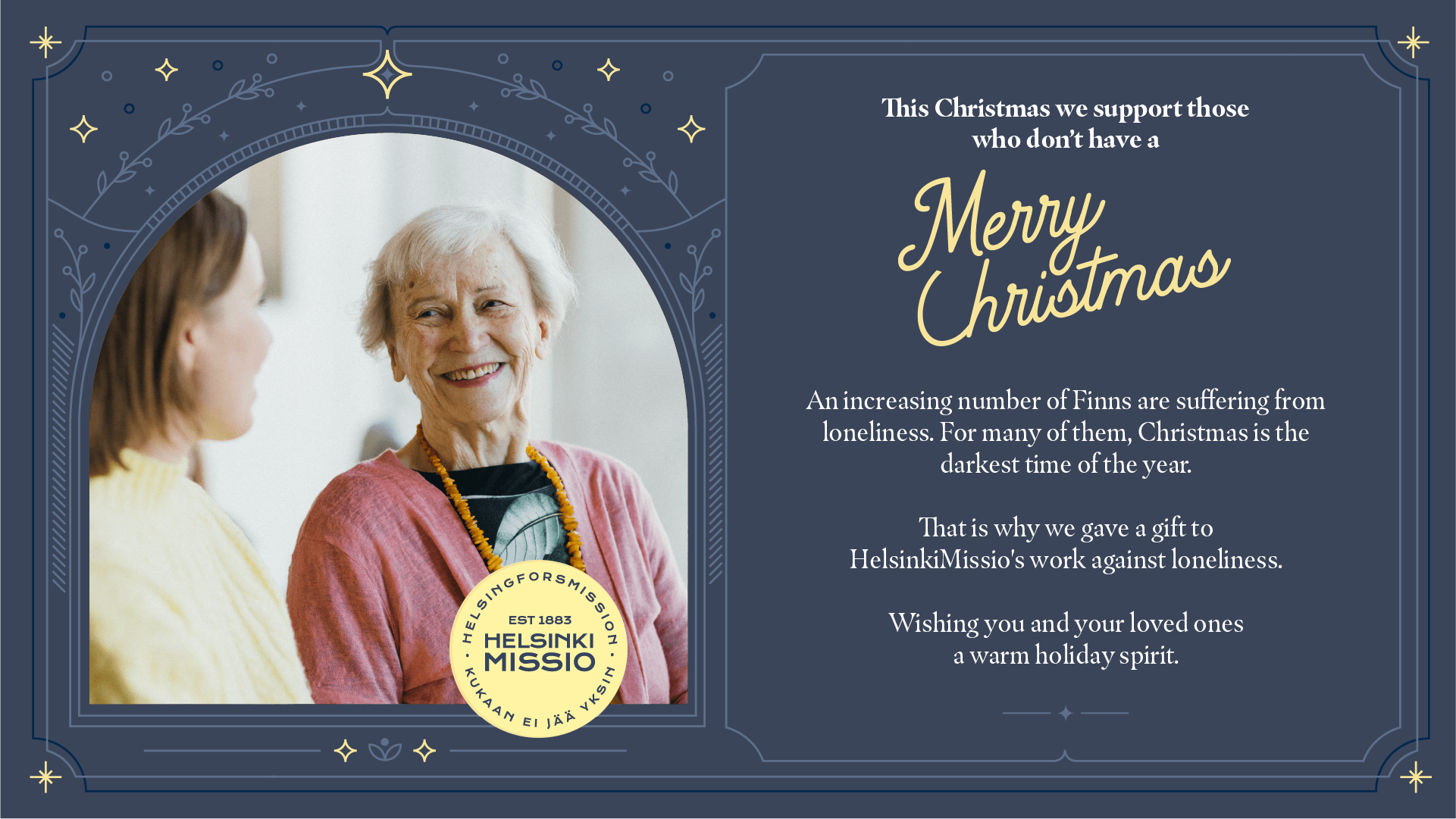In many cases, experiments are perceived as a confusing and time-consuming operating model or even an inability of management to make decisions. This may be the truth – if experiments are used without prioritization and organizations start “just experimenting” without ever thinking about what they are trying to achieve, and after a while without stopping to think about whether they are on the right track.
For me, experimentation is a disciplined and goal-oriented way of developing different kinds of organisations. I believe that an inclusive and experimental culture is an effective way to engage people and make the desired change happen. To be successful, an organisation needs to think through the objectives, success measures and retros of the experiment in advance – and the people involved need to be aware of the experiment.
How to choose the right experiments
In an organisational culture where experimentation is at the heart of the business, small experiments are carried out by individuals every day. But what about the more strategic, larger-scale experiments that can only be carried out in a certain number per year?
There is rarely a shortage of ideas. How do we prioritize from all the ideas that seem good the experiments we are going to go through?
There are two important steps in this prioritisation:
- What do we want to achieve as a whole – what are our longer-term goals?
- Which experiments will we choose to move towards these goals?
I will focus on this latter question in a situation where a limited number of experiments are selected from a large number of ideas (e.g. larger experiments to be launched the following year).
Value for the customer drives the choice of experiments
When prioritising experiments, the key is to define the criteria for selecting between different experiments – and to describe the criteria in very concrete terms.
It is important that customer value plays a primary role in the prioritisation of experiments. In this case, it is possible that the experiments will be selected with a forward-looking approach which enables to also select innovations or experiments with customer experience impact in relation to existing services or business models.
Examples of criteria of prioritisation:
- Value and impact for customers
- Operating income
- Feasibility and ease of implementation, available resources
- Risks, their likelihood and impact
Through dialogues towards a successful choice of experiments
Dialogue with customers helps to prioritize the experiments that generate the most value for them. To be successful, the selection of experiments also requires active dialogue within the organization. Repeatedly I have been in a situation where people who have done the prioritization, have given a certain dimension a number at different end of the scale, simply because they have thought about it from different perspectives. Through dialogue and joint workshops, a single, coherent, and goal-oriented choice of experiments has been achieved – a choice to which everyone is committed and knows what they want to achieve.
Some concrete steps to start building a culture of experimentation
I started in May 2022 as CEO of Thinking Portfolio, a Finnish software company. Over the summer, we revamped our management system and started experimenting with our new team models. In the autumn, we clarified our mission and strategy together and chose our goals. We did our annual planning for the first time with the entire team. Together we selected the priorities and experiments that we will do in 2023, and the teams considered their own role in achieving the goals. Now, at the beginning of the year, we have visited our first retros related to our new forums and team model. During the spring, retros and development will continue.
At the end of last year, we had 60 discussions with our customers, based on which we have been able to prioritize the developments and experiments that we will start to implement in our customer work. In March, we will start workshop experiments with our customers, which have arisen from discussions. For them, retros will be held later in the spring.
Our own personnel have found the participatory experimental culture inspiring. On the other hand, some gave us feedback that we spent too much time discussing about targets and things several times. This is an important lesson we have learned, and we will continue to do the next rounds in a participatory way, but with a lighter moderation model.










